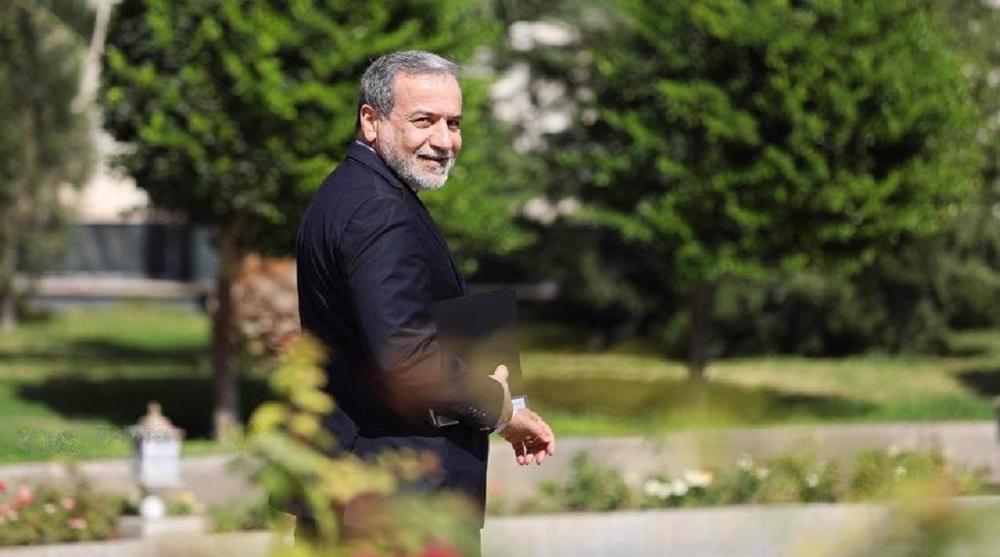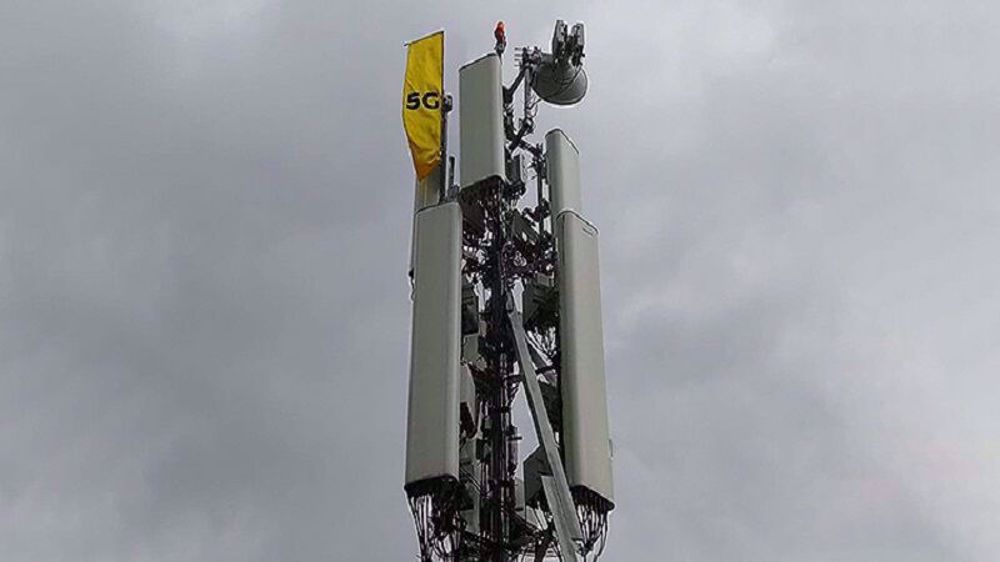Sasanian rock relief seized in Britain will return to Iran: Diplomat
A Sasanian rock relief that was seized from smugglers in Britain in early 2016 will return to Iran after it is put on display in the British Museum for three months, according to Iran’s top diplomat in London.
Seyyed Mahdi Hosseini Matin, who serves as Iran’s chargé d’affaires in Britain, said on Sunday that the rock relief, known to archaeologists in Iran and around the world as the Sasanian Soldier, will be handed over to Iranian officials in London for repatriation to Tehran within the next months.
Hosseini Matin told Iran’s official IRNA news agency that the antiquity had been seized by the British border police on January 16, 2016 at Stansted airport near London, adding that Iran was forced to fight a legal battle in British courts to prove that it owns the relief.
“This relief had not been registered in Iran’s national museum and it is clear that it has been smuggled out of the country illegally,” he said.
His comments came a day after a report was published on the website of the Guardian newspaper about the Sasanian rock relief and how British Museum officials have been taking care of the antiquity.
The report said the Interpol and the UK National Crime Agency have been investigating the case but no one has been arrested in relation to the case.
Experts believe the carving may have come from Iran’s Fars province where a majority of Sasanian rock reliefs exist.
They suspect the piece may be part of a big sequence that has been cut from a cliff in an area near Fars provincial capital Shiraz.
The Sasanian dynasty was a powerful Iranian empire that ruled areas stretching from Syria to the Caucasus and Central Asia between early third century and mid-seventh century.
VIDEO | Press TV's news headlines
Trump floats ‘Dream Military’ fueled by record $1.5-trillion budget
Iran: US interventionism aimed at inciting violence, terrorism
VIDEO | Tunisian parties denounce Trump’s foreign policy as violation of intl. law
Trump’s immigration crackdown turns deadly; president says killer acted in ‘self-defense’
VIDEO | Trump renews highly aggressive rhetoric towards Iran
VIDEO | Transatlantic tensions: Greenland
VIDEO | Yemen’s Saudi-backed government expands control amid coalition strikes on separatists










 This makes it easy to access the Press TV website
This makes it easy to access the Press TV website